As the day begins, it’s good to see great weather, temperature and mood. Everything happens as if it could be predicted and chosen in advance. On the streets I see people rushing, meanwhile, I am slowly setting off on my planned museum tour. Day two. Thinking back to London’s museums, I have to conclude that Riga is either a very small city or all the sights are located at such a distance from each other that they can be explored on foot. As a tourist, this would seem to be a very good factor. My museum tour is more or less a plan that I’ve been working on for a long time, and now I’m committed to it. There is a time and a place for everything, and priorities will sort out the rest.
Today, the first steps are being taken towards Pauls Stradiņš Museum of the History of Medicine. The morning plan itself was different, but I was thinking about it while I was sleeping. So the doors of the medical museum open and I’m in. Four floors in total. Beginnings, Middle Ages and Renaissance, Medicine as a Science, Latvia and Space. I will number the floors according to the numbering that Latvians understand, because the museum floors start with 0 (in the description of the exhibitions), which I don’t think fits the Latvian numbering.
So, on the first floor, I saw things about the beginnings of medicine. As I enter the first room, there in front of me is a small group of schoolchildren who are on a tour today – they are being enthusiastically told by a local guide about the use and significance of the exhibits. I’m listening! The showcase displays various medical instruments. The guide asks the pupils if they would like to become doctors and cut someone with these instruments, the children say no, but the guide replies that he would love to do it, of course, for good reasons as a doctor. Behind the door of the first room is a half-dark room with some artefacts of historical facts about how people were treated in the past.
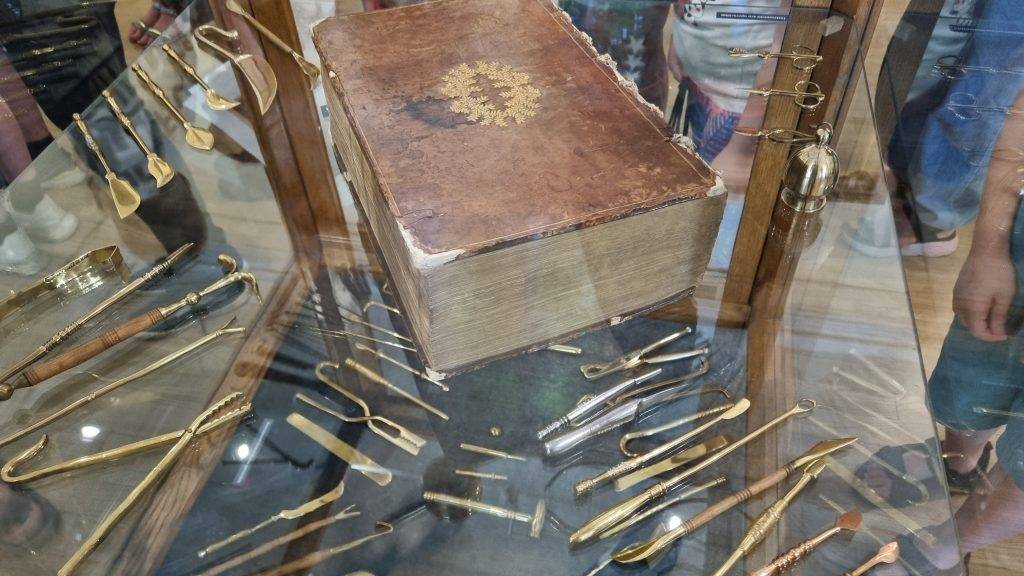
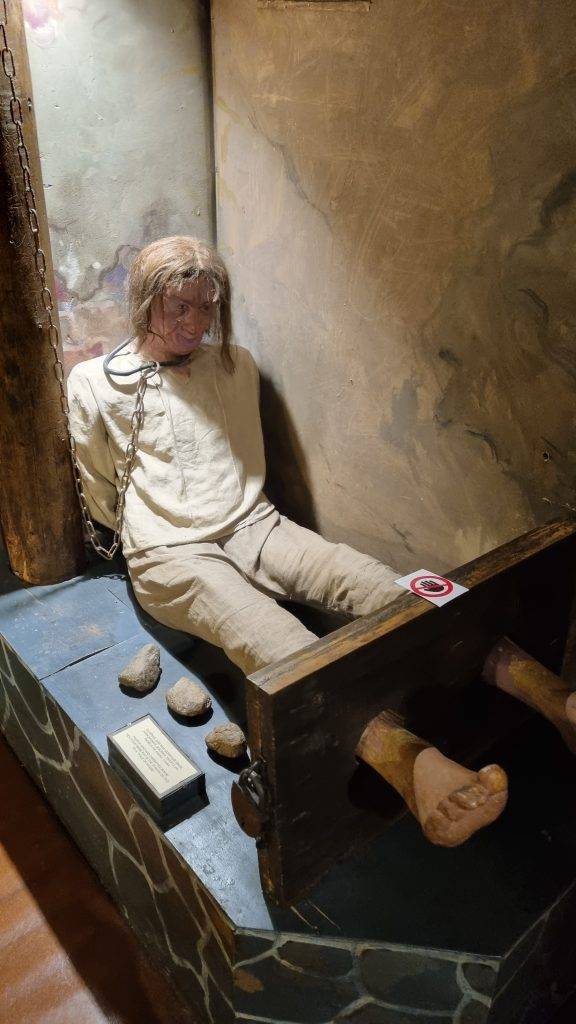
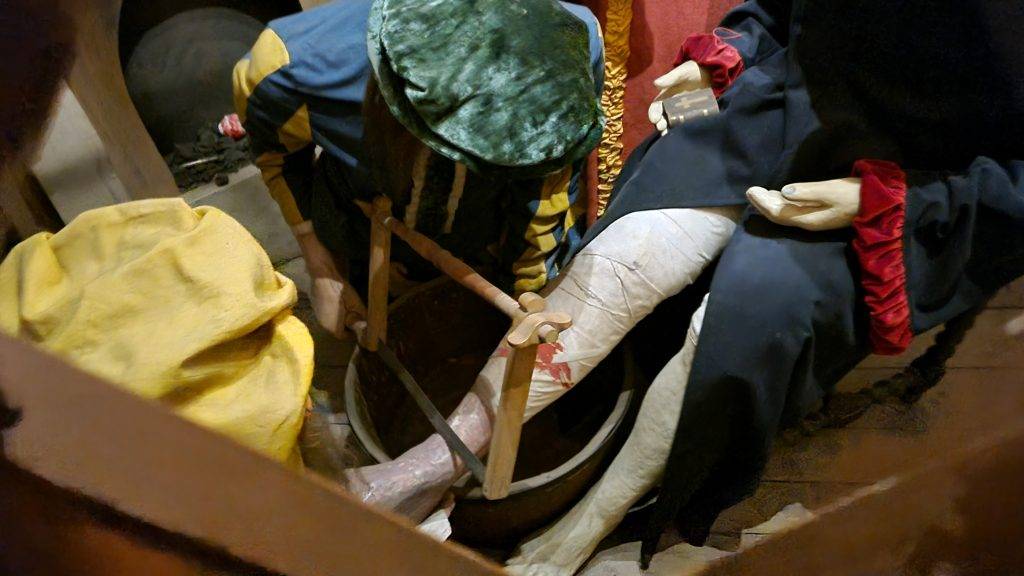
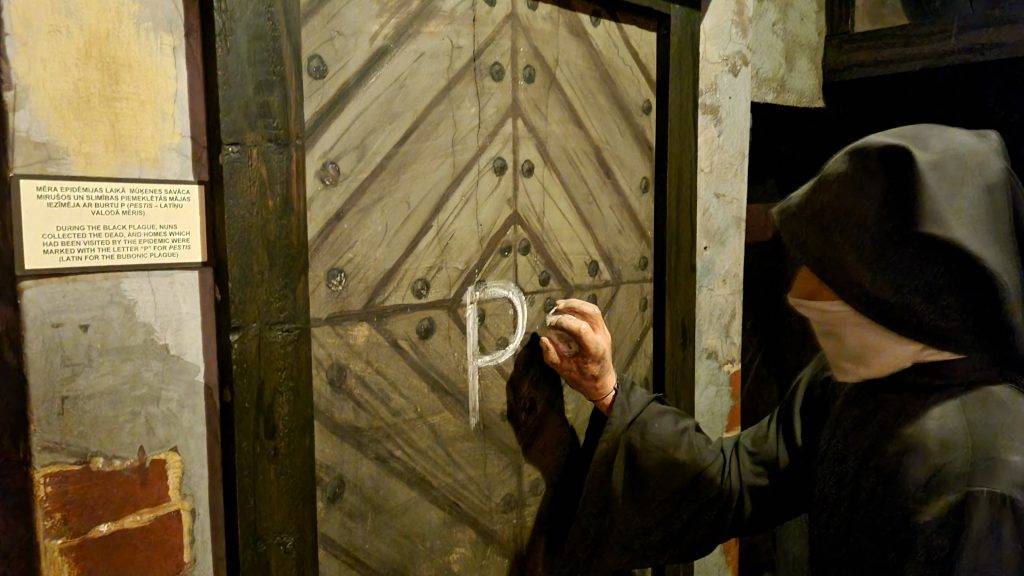
The second floor arrives and the second listening attempt begins. The pupils are asked if they know why modern dentistry doesn’t actually hurt anymore. Silence in the hall. The guide answers the difficult question himself. It turns out that the secret is that modern drills turn much faster than their previous versions. Yes, anaesthesia has also improved, but drills are no longer turned by a foot-powered next to a desperate patient’s head. I look at some of the historical instruments used for drilling, for pulling teeth… Ironically, true medieval wonders. The second floor will stick in your mind as a combination of dentist, ophthalmologist (eye doctor) and various herbalists. There are other exhibits, but the highlights do their own thing.
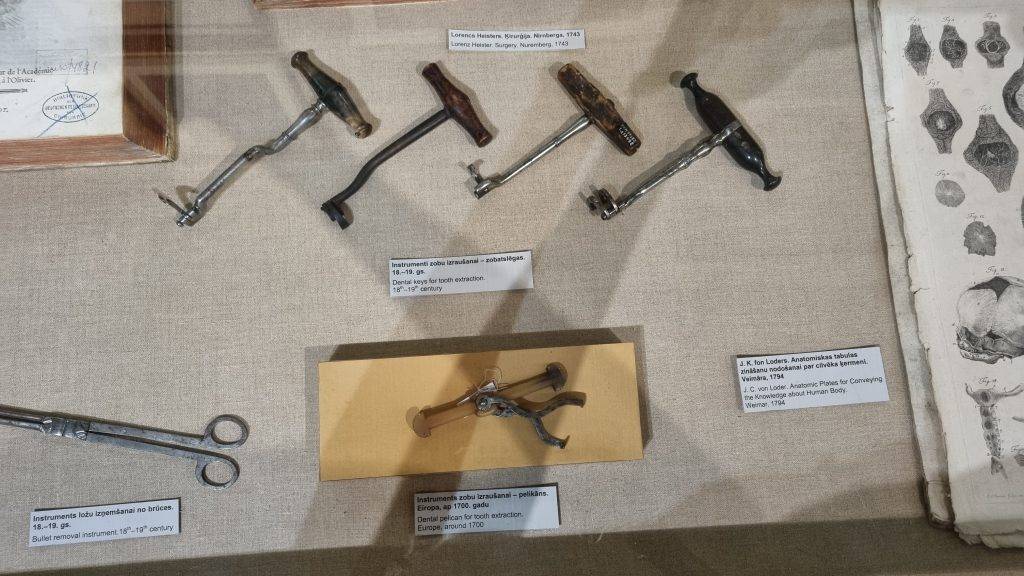
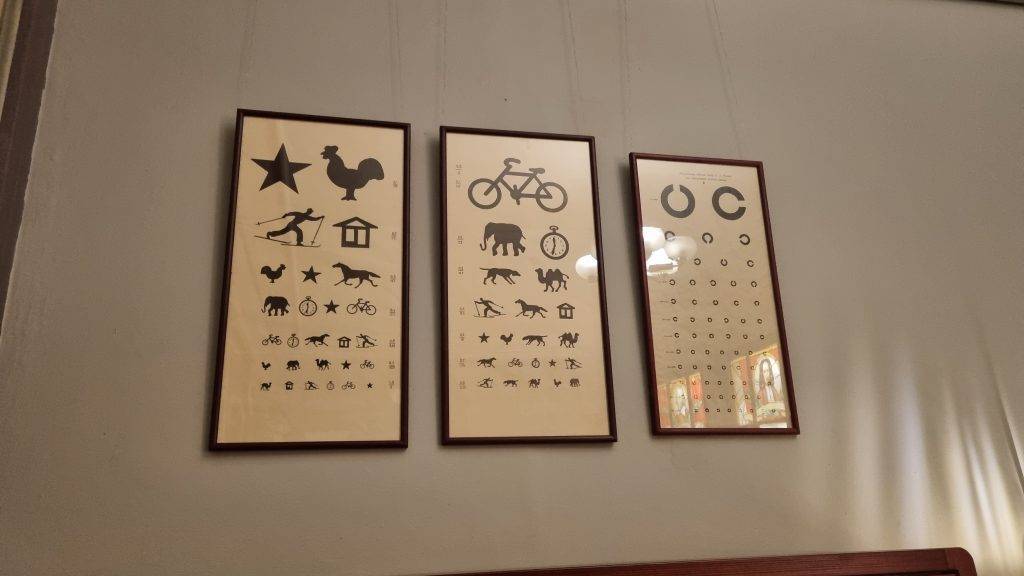
A few more steps and I’ve literally run through the 3rd floor, as a large part of the space is occupied by the works of the exhibition (art gallery). Some historical tools of a dentists offices. And the top floor is fast approaching.
Before saying anything about the content of the floor, I should ask, is there any idea of what might be there? Dentists, it seems? No! The space theme I mentioned at the beginning. A brief look at the history of space flight, who flew first, no it wasn’t humans. What they ate in space and what they wore when they were up there. Man originally sent animals into space that did not come back to earth alive because when the capsule landed it caught fire and the animals died. However, the museum has the very first dog to survive a trip into space – as a stuffed animal, of course. After flying through the stories of the exhibits, I can go outside to catch some rays of sunshine.
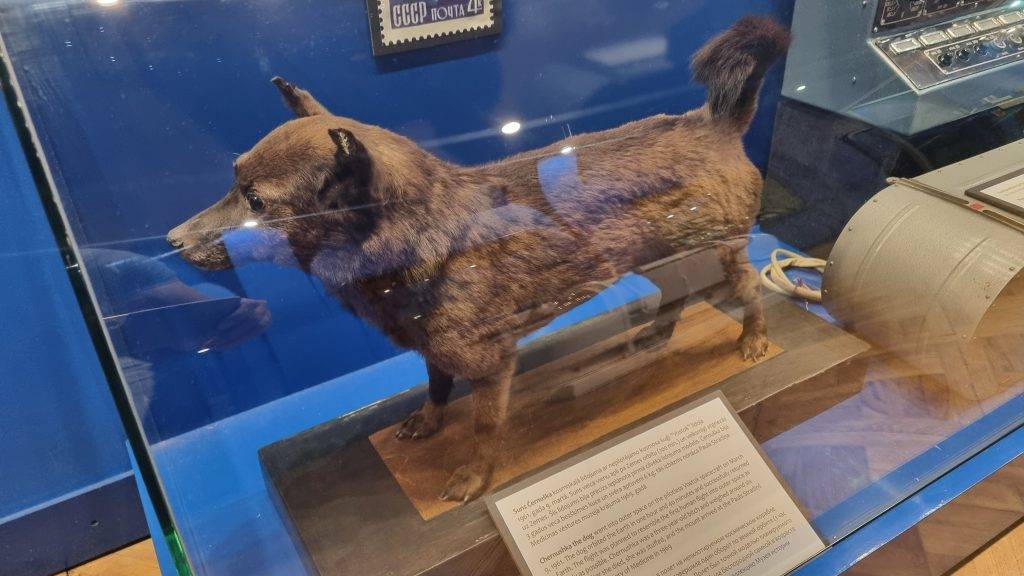
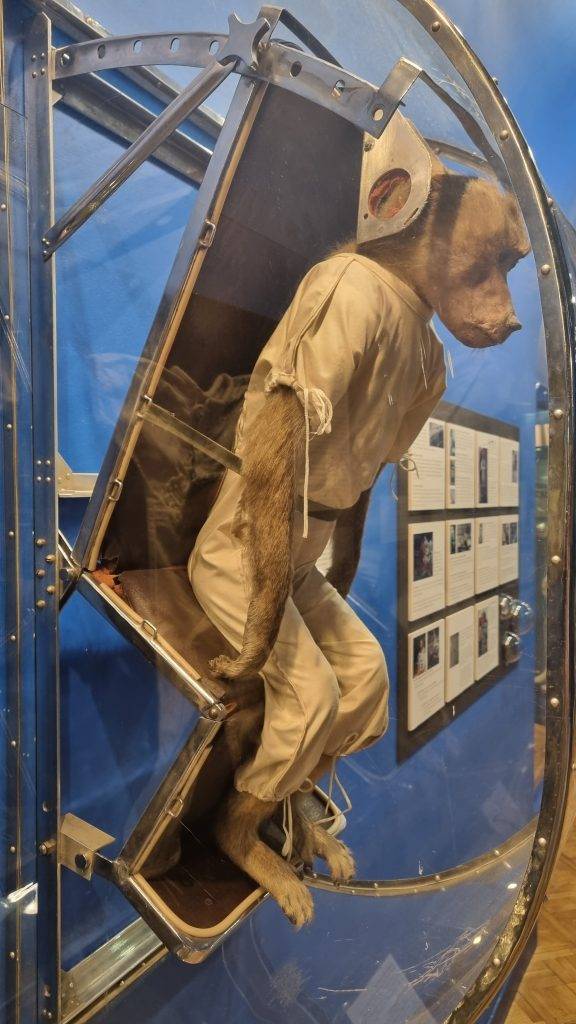
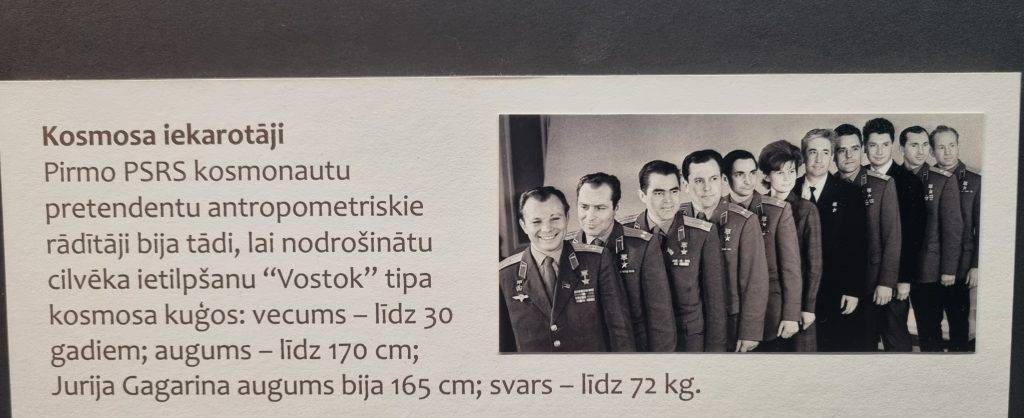
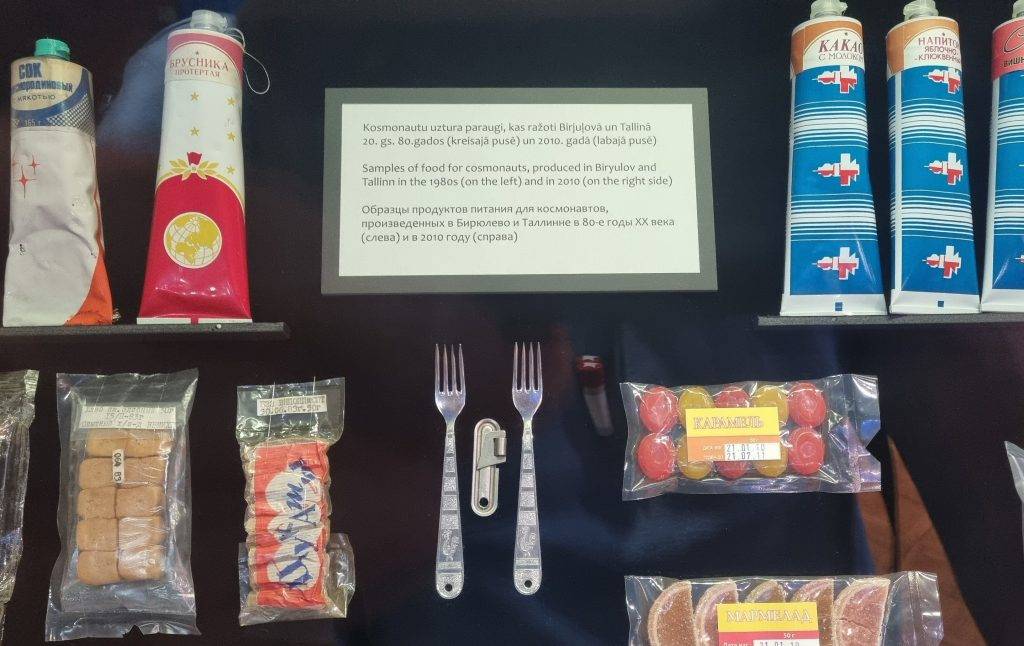
The park’s green tree cover provides a pleasant and relaxing contrast to the sun’s warming rays. One step follows the next, and I am in the territory of the RSU Anatomy Museum. I would like to say that I have driven and walked past this building countless times, but when I enter the territory I suddenly walk past it. Everything has been rebuilt since the last time I was physically in the territory . A few moments of embarrassment and I am in the right place. Baiba (a museum worker) warns me not to take photos in the basement, I guess everyone doesn’t understand the no photography sign (I saw it when I was in the basement), but you can take a picture elsewhere if you want to.
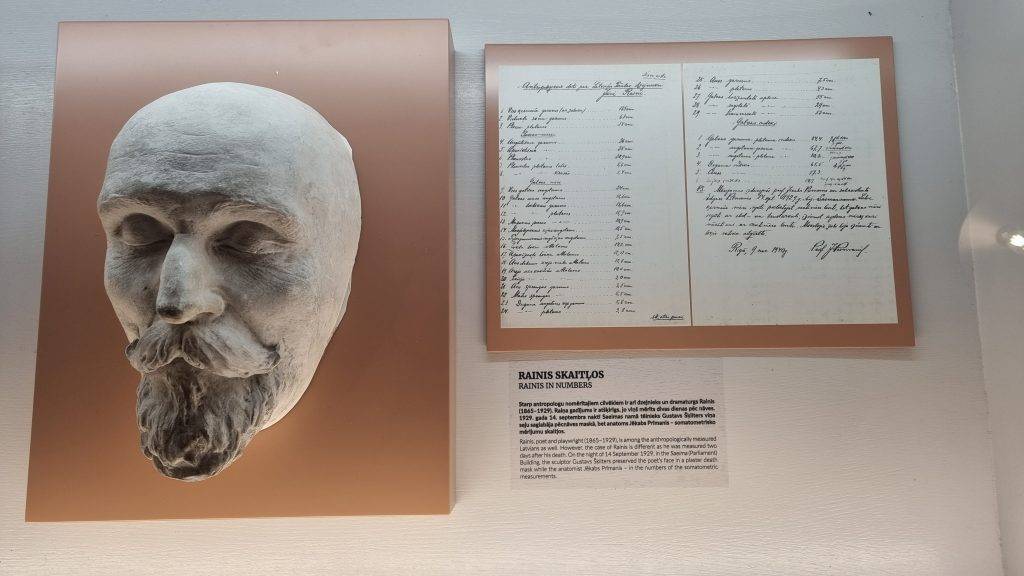
My first memories of this museum have a comic edge. We went to the museum with the whole class, organised by the biology teacher. But the only thing I remember is that on that day we were lucky enough to get into the next room, where the young students were “working” around the corpse. The young student started to show us genitals (the ones in the containers, of course), holding them in her hands, accompanied by excitement and laughter. I still remember a little bit the room where the exhibits we saw today were, but all in all it was an amusing moment from my school days.
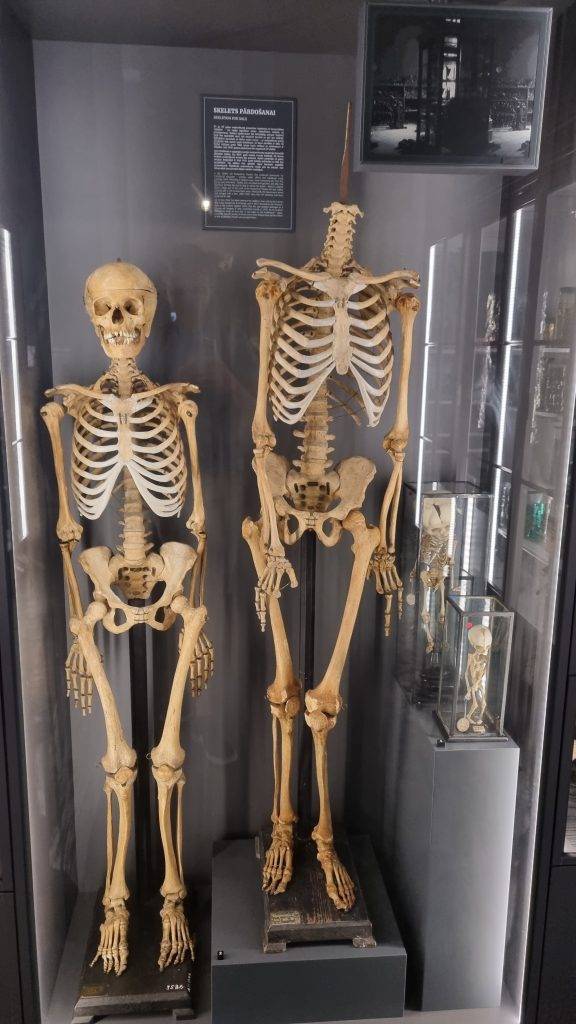
If you’re in a sophisticated area, which is really the whole centre of Riga, you have to go to the Art Nouveau Museum (in Latvian it’s called the centre, but in English it’s spelled museum). I had mentioned a replica of an Art Nouveau tenement room in my previous post, but here I am. In a real apartment. I want to mention the overall feeling right away. Charming and tasteful style, if combined with modern conveniences, it would be hard to imagine better. The centre of Riga is generally “covered” with Art Nouveau buildings. Later, walking around the city, I started to notice more and more buildings that I hadn’t paid attention to before. A short summary of what I learned. The perpendicular style of Art Nouveau buildings, which is characteristic of Riga, dominates. The stylised things on the outside of the building represent the character of the owner, while the way the building is decorated on the inside demonstrates the status of the owner in society. I noticed that the historic radiators still look stylish. Art Nouveau will not age so quickly.
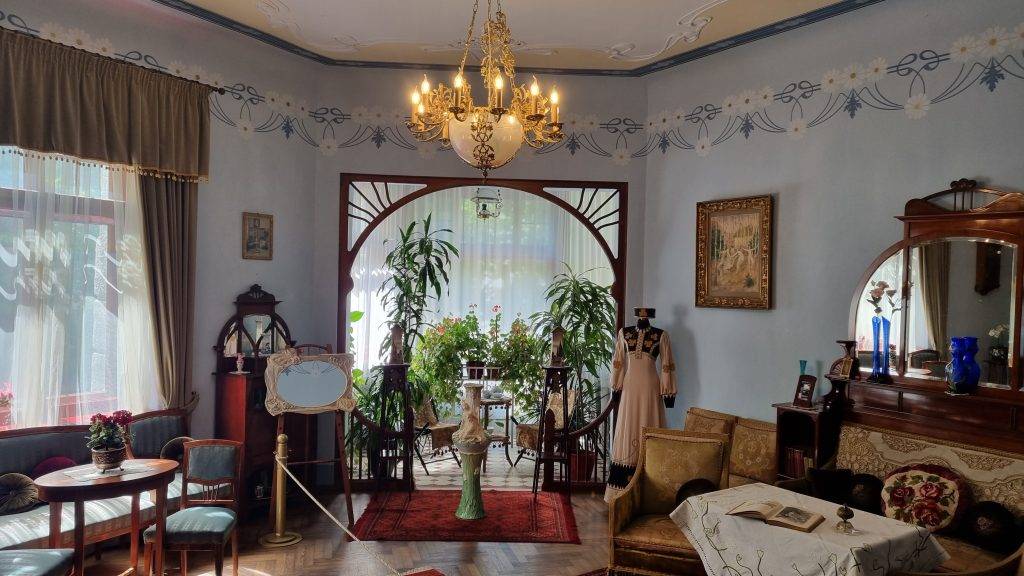
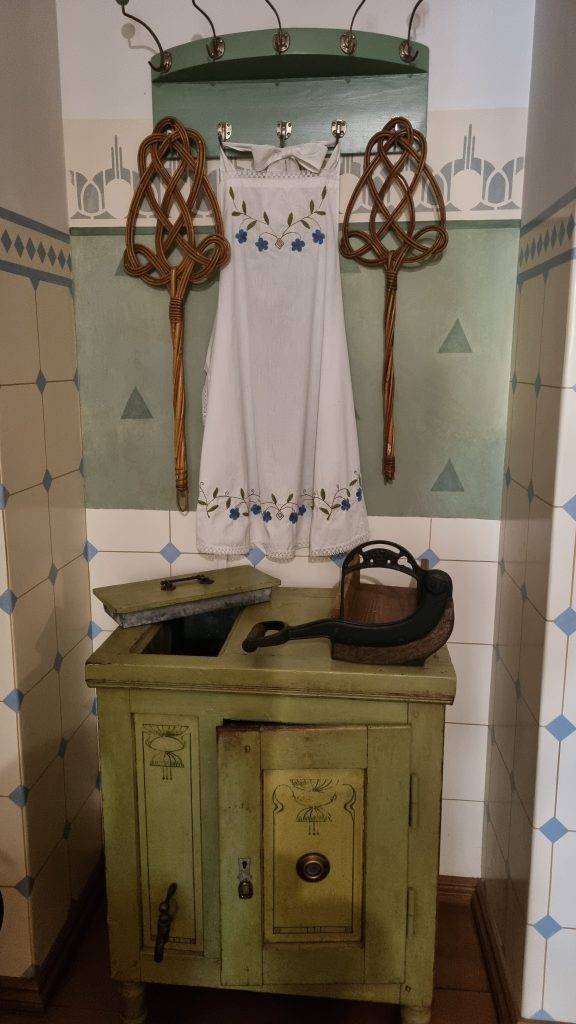
When I step into a puddle of art, I don’t get out so quickly, or a few hundred metres around the corner I am in the Latvian National Museum of Art. My plan is not to go into the styles of the paintings in detail. The building is large and the exhibits are many, so there is plenty to look at, and everyone will find works of art to their liking. This is not the first time I have been to this museum. I love paintings, which is probably why you can go back to different art museums from time to time and just look at how talented people have put what they have in their minds on canvas, paper or any other material. I took photographs of some of the more interesting works (for me offcourse). The building itself is like a royal palace. Both outside and inside. I enjoy and admire what the creative mind can do!
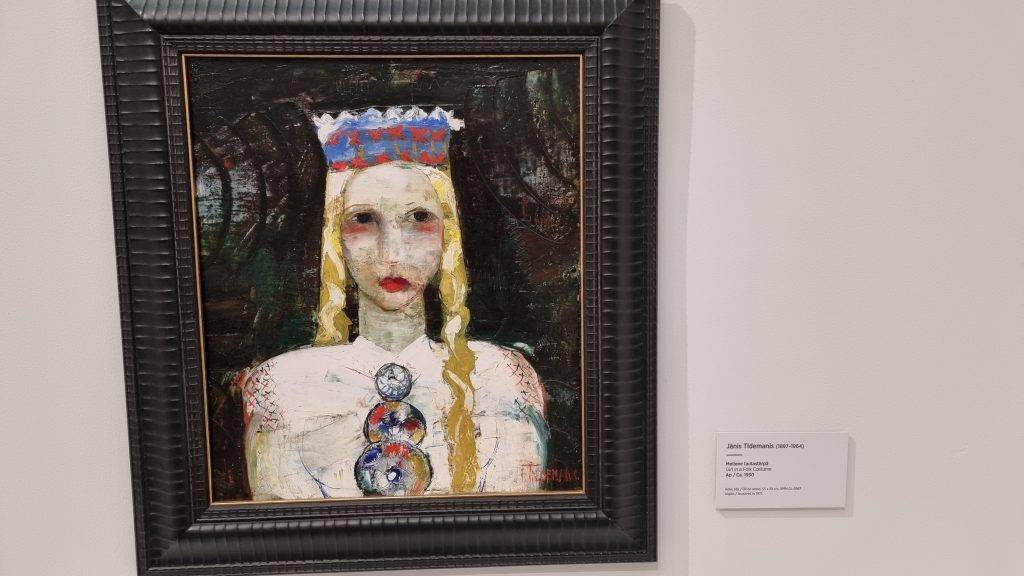
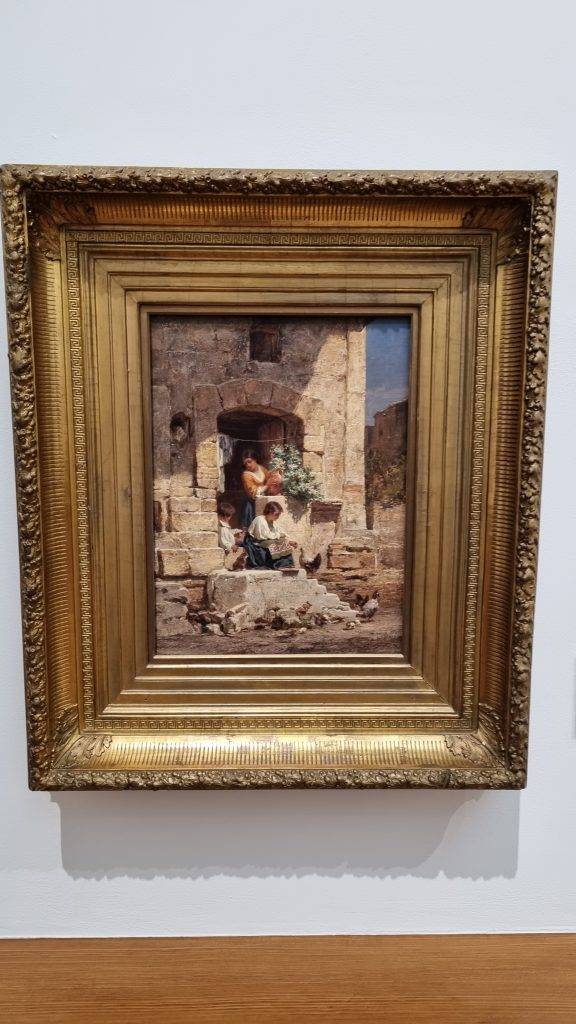
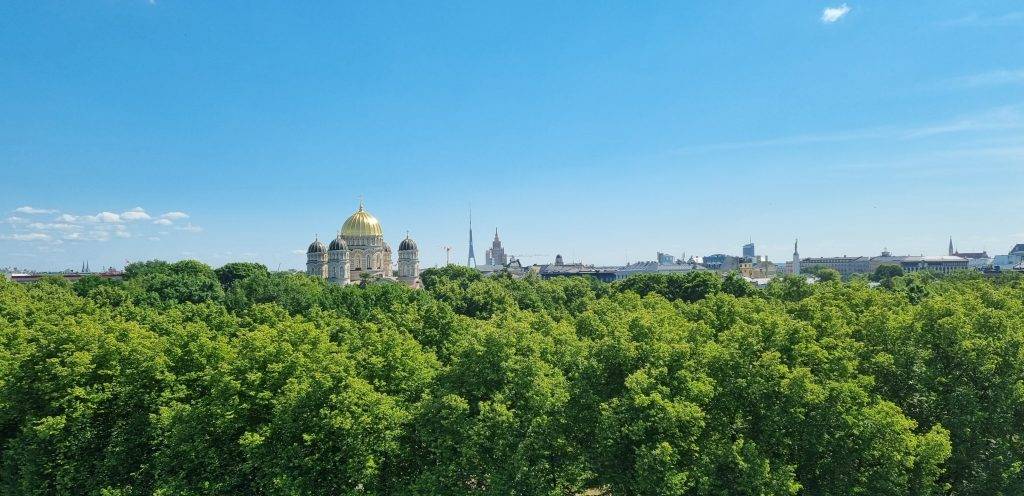
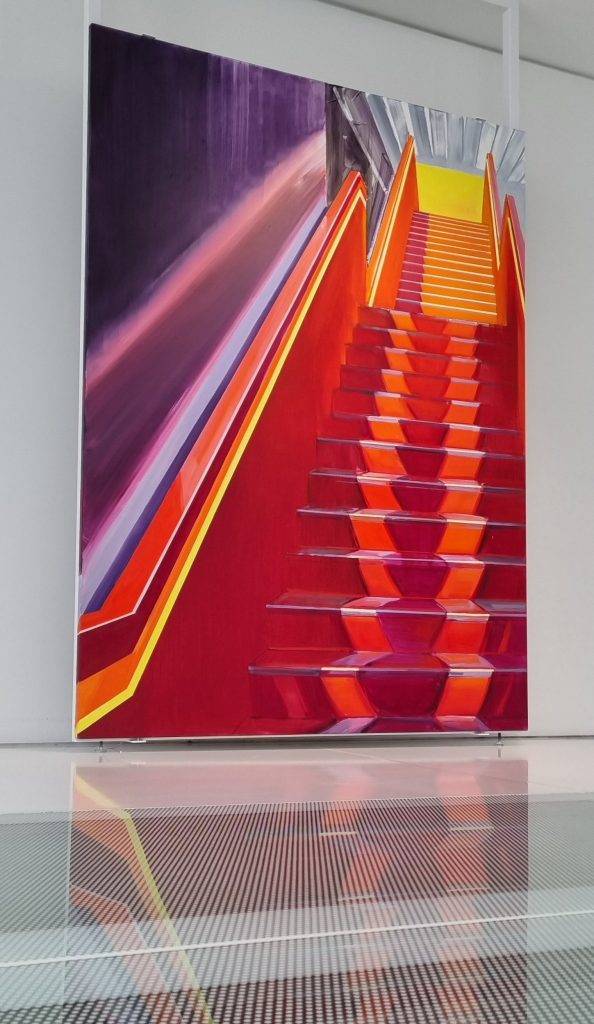
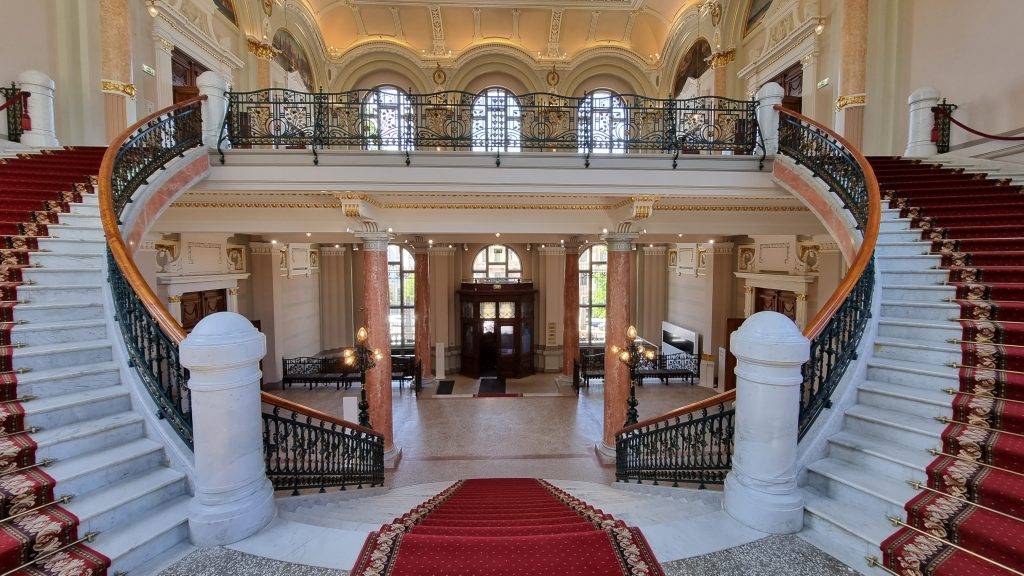
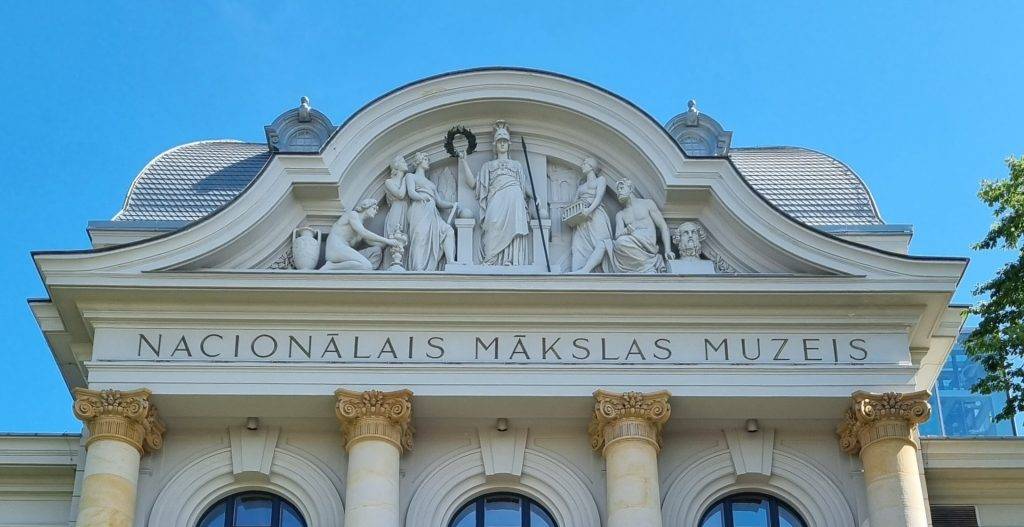
I have to reduce the joy in the air a little, and return to the distant past – I open the door to the Corner House. The Corner House, or the Cheka (USSR State Security Committee) building. For Latvians, both the building and the period of time that it carries with it will always be associated with occupation and captivity. Thousands of people were interrogated in the building, many of them tortured and shot. Quote from the last words of Gunārs Atras from court: ‘I believe that this time will pass away like an evil nightmare.’
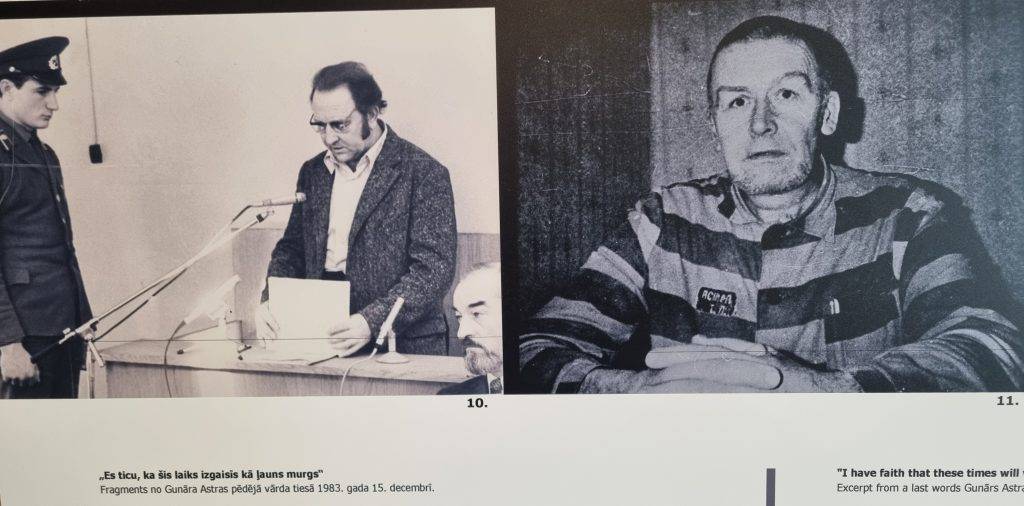
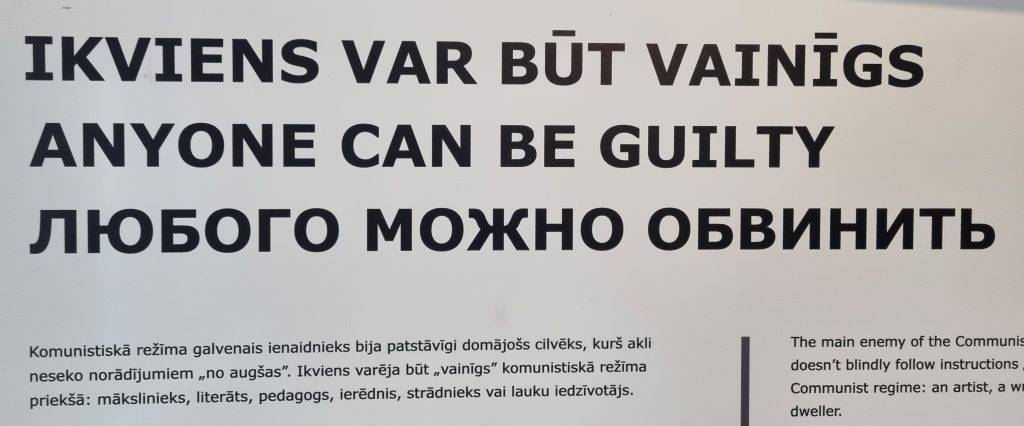
The day is moving very fast, no rush, but still… Looking at the clock I realise that I can still make it to Zuzeum Art Centre. Only porcelain, various factories and their historical products. If I were a porcelain lover, I would sit quietly in a corner and watch the huge space, where a porcelain shine on every corner. But… I didn’t sit quietly, and it wasn’t like I was walking around bawling. A few circles, a few pictures and art for today was over.
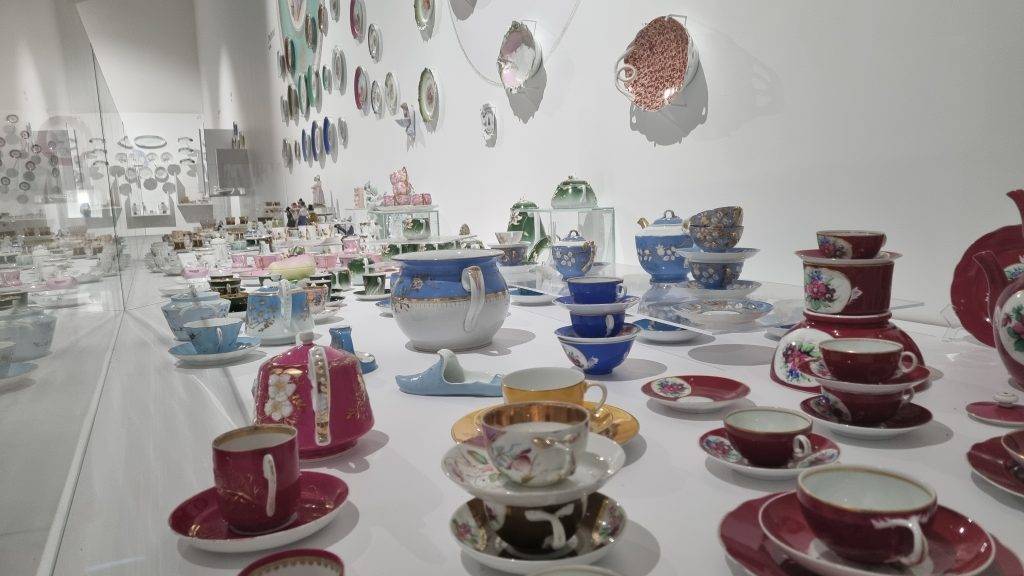
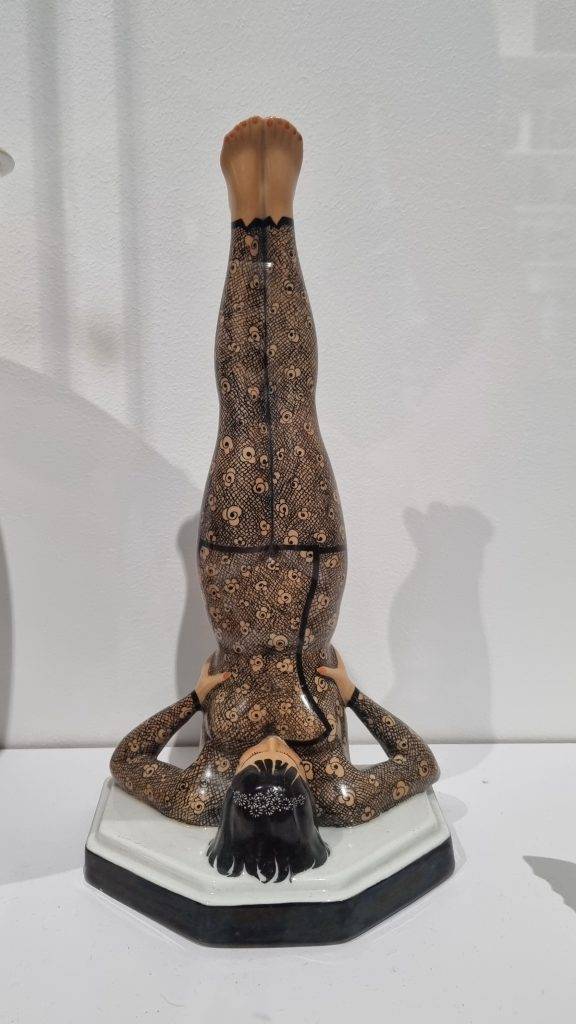
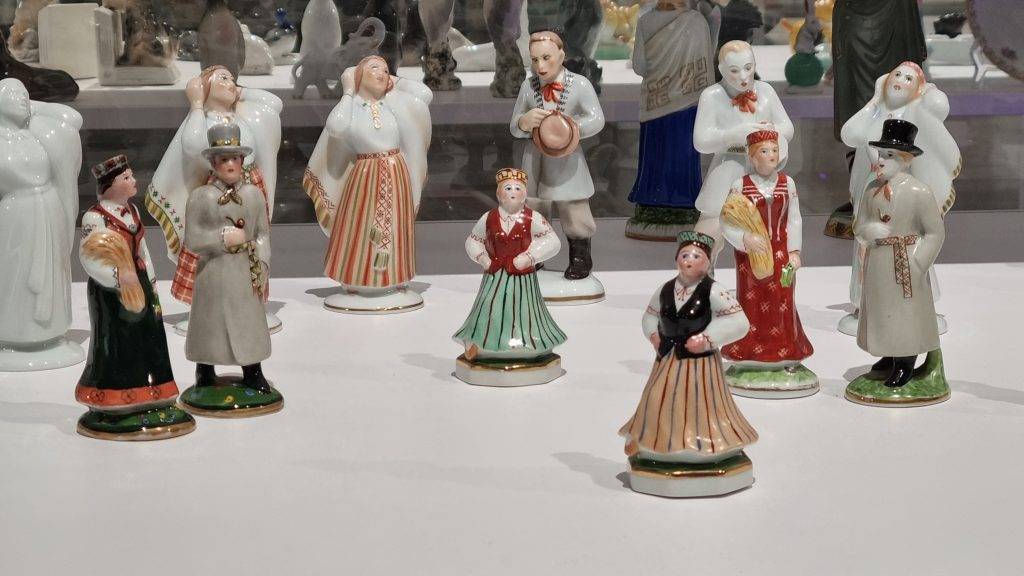
The day as a whole is not over yet. Today I still have to go to the dance party, and as I write these lines, it is likely that the sun will be shining outside the window. How I love this time of year!